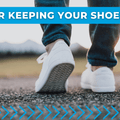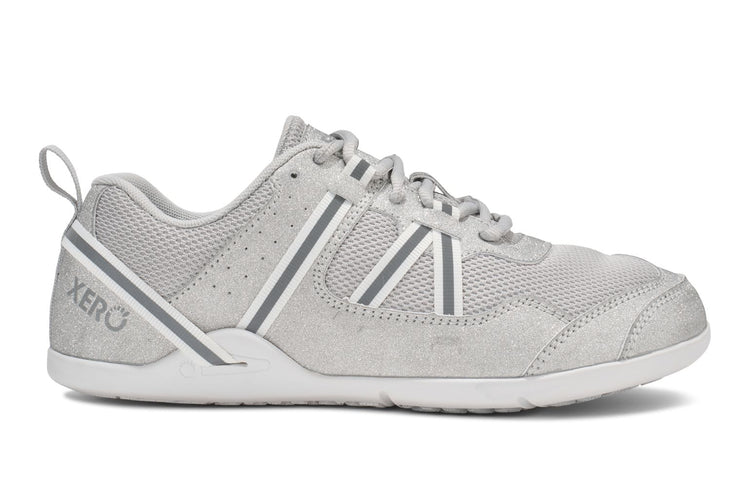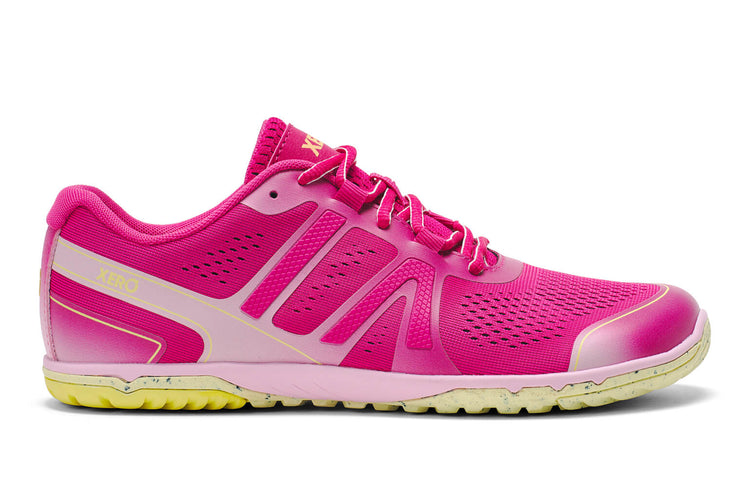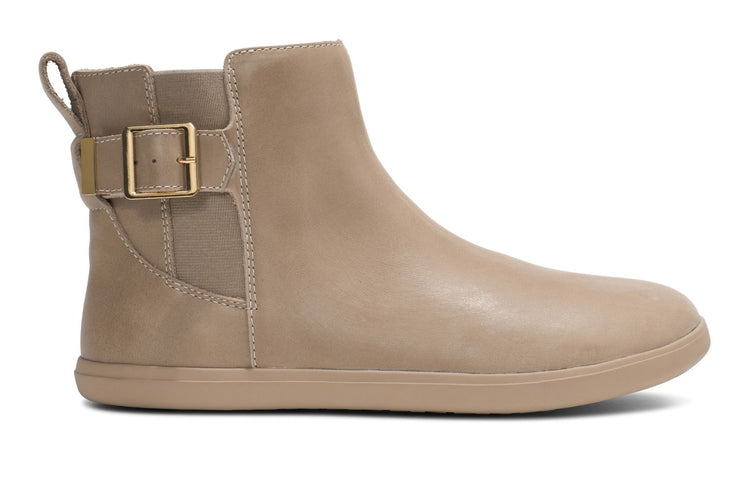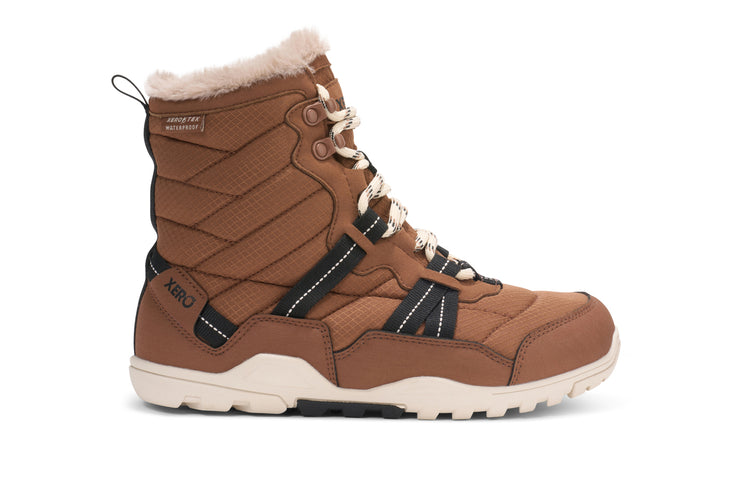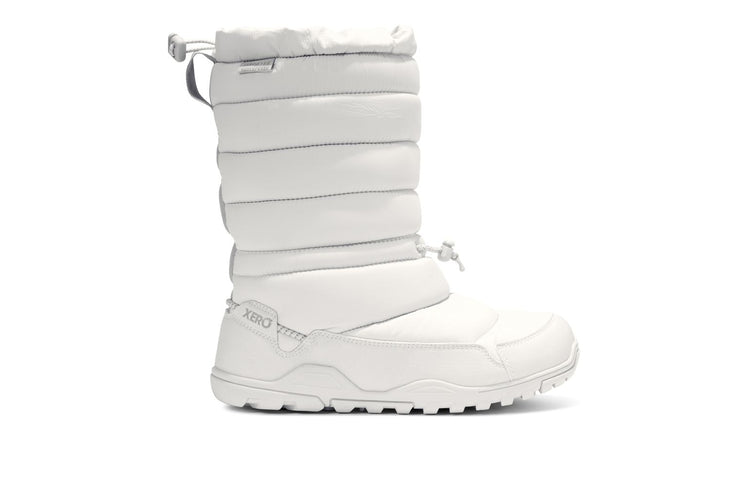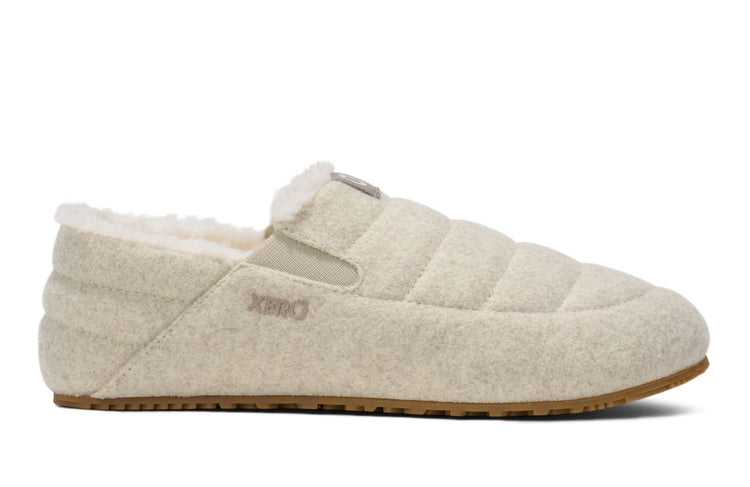“The Dream Shoe”: A Partnership with Xero Shoes & Born to Run 2 Authors
latest News
Dogs say "Go Barefoot" or grrrrrrr...
Whether you love cats or dogs, this video will prove that dogs deserve the title "Man's Best Friend" when you see what they do to the "foot coffins" most people call "shoes."They know that barefoot is best (and Xero's are the closest thing to barefoot) ;-)

Barefoot Running Q&A - Transitioning, pain, and cold weather
Here's another Barefoot Running Q&A video, where I take an email I've received and give an answer on video.In this video we look at the relationship between barefoot and minimalist shoes, foot and calf pain during the transition to barefoot, how minimalist shoes fit in with the transition to bare feet, and how to handle the cold.Some of the links you'll want to take a look at:Transitioning to Barefoot RunningIs Calf Pain NecessaryDealing with "top of foot pain."Barefoot running and cold weather

Know the dangers of distance running!
Parents, do you know the warning signs of "distance running?"Are your children under the influence of the evil pushers of 5k racing?We hope this video will help you save your children from the unnecessary suffering that this horrible addiction can cause. ;-)Big thanks to everyone at BYU TV for this hilarious bit (and the shout-out to bare foot running)!
Warning: Chia Seed Recall
There's been a national recall on some brands of Chia Seeds.This won't affect you if you think Chia Seeds are something you use to make "pets," but it might if you eat them.The affected brands include Organic Traditions, Williams-Sonoma, and Navitas Naturals brand chia and chia-flaxseed blend powders.Many of our readers heard about Chia from the book, Born To Run, which described it as one of the superfoods that the Tarahumara use to fuel themselves for epic runs. And you'll often find barefoot runners with a handful of seeds, or a gloopy-looking beverage full of chia.The Consumerist blog reported that many people are unaware of the recall of chia seeds, caused by the fact that certain chia brands are contaminated with salmonella and have sickened at least 65 people so far.So, barefoot runners, and everyone else who eats chia, please check your supplies, and not just the seeds that are still stuck in your teeth from last week's smoothie ;-)
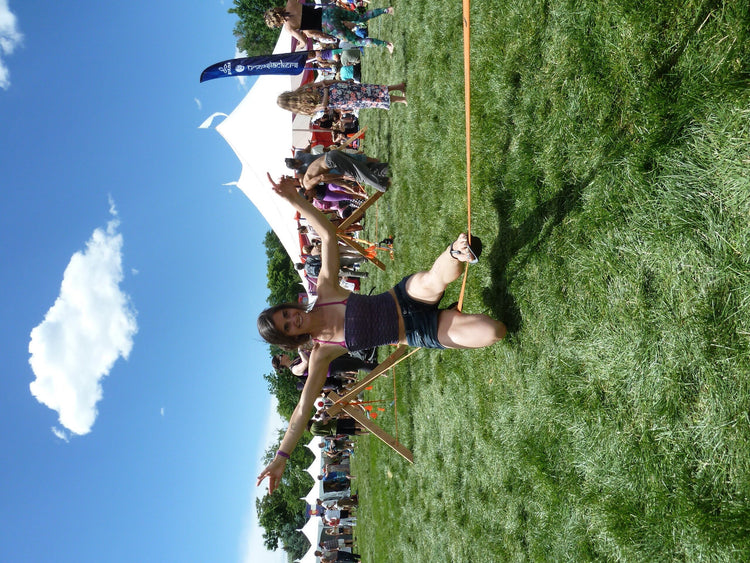
Barefoot Sandals are for more than running
The two most popular comments I hear from people seeing Xero Shoes barefoot sandals for the first time are:"You can't really run in those, can you?"and"I'm not a runner so I can't use those."Make up your mind people! ;-)So, some people equate barefoot-inspired sandals with running, and others can't fathom doing an ultramarathon without giant maximalist shoes with tons of padding and "motion control."It's true that Xero Shoes were inspired by the huaraches sandals worn by the Tarahumara of Mexico, who make their sandals from scraps of tire and leather laces (they're stiff and heavy, btw). And the Tarahumara are known for running long distances in their sandals. And it's true that the early adopters of Xero Shoes were barefoot runners. And it's true that we've had hundreds, if not thousands, of emails from customers all around the world who've run everything from 5k - 100 mile races in Xeros.But that doesn't mean you have to run in them. Lena, my wife, co-founder of Xero Shoes, and our COO... she's a hiker, not a runner. But she mostly wears her Xero Shoes as her daily footwear.I'm a competitive sprinter, and wear my sandals for daily wear -- I haven't had a "normal" pair of shoes on my feet for 5 years -- and for all my drills and warm-ups on the track (for sprinting, I'm in a pair of spikes, which you need for traction and maximum speed).I like to ask people, "Do you enjoy being barefoot?" And if they say Yes, I say, "Well these sandals give you the closest thing to that fun, free barefoot feeling, but with a layer of protection."And with that combo, our customers have done practically everything you can think of in Xero Shoes -- walking, hiking, sky diving, paddle boarding, biking, kayaking, hanging out on the beach, a night on the town, even 100k ultramarathons through the jungles of Costa Rica.Here's a pic of Michelle, an awesome YogaSlacker (that's people who can do yoga poses on a slack line), showing what she can do in Xeros!Put on your Xero Shoes and go everywhere, do everything... naturally!

Barefoot Running Game Time!
Time for some fun... how many barefoot running words can you find in the puzzle, below?
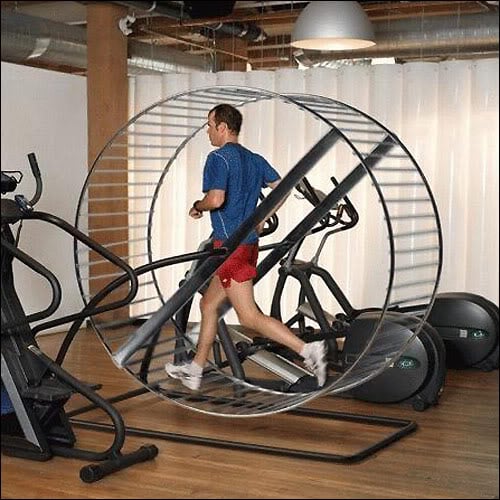
Is running in our DNA?
One reason scientists study mice is, much as we may not want to admit it, we have a lot in common with our rodent relatives.We share enough DNA and physiology that studying mice often reveals quite a bit about us humans.So, does this recent study from Leiden University explain why many of us like to run?In short, neurophysiologist Johanna Meijer set up a running wheel -- yes, the kind you would put in a mouse, or rat, or hamster cage -- in her backyard and, after enticing animals to come near with the help of some food, watched that they ran on the wheel. Not to get the food. Just to run.Wild mice would often come back and run as much as caged mice -- mice who usually have nothing else to do -- would.As Emily Underwood says of the study,Rats, shrews, and even frogs found their way to the wheel—more than 200,000 animals over 3 years. The creatures seemed to relish the feeling of running without going anywhere.Maybe this tells us why we like to run.Or maybe it just explains treadmill sales ;-)
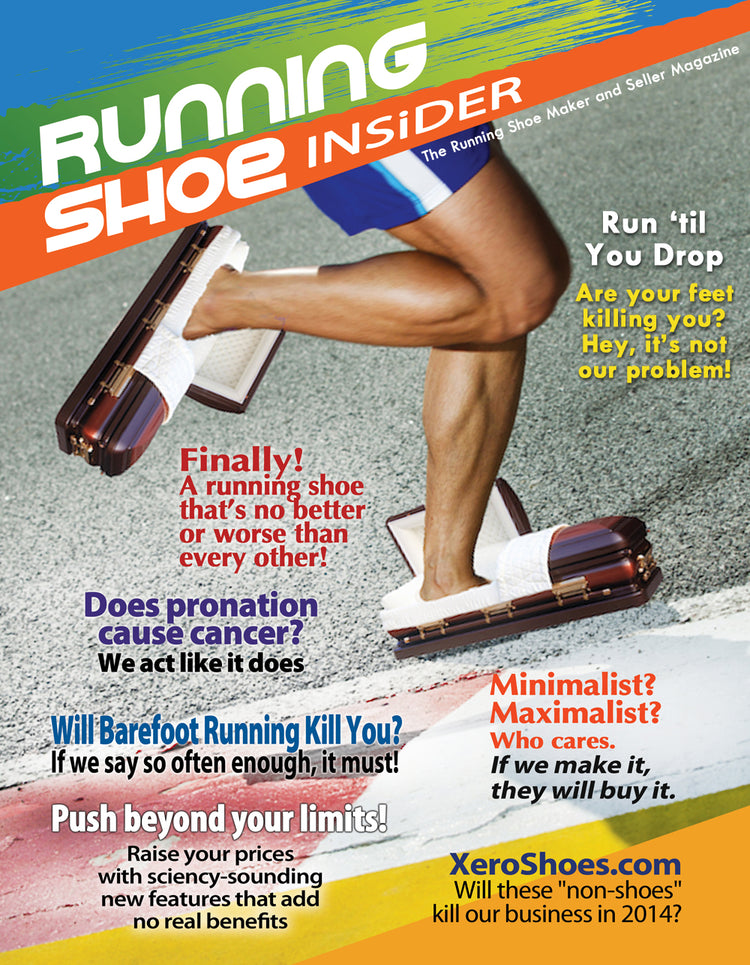
Running Shoes Insider Magazine - Secret edition!
After some sneaky social engineering, I got my hands on a copy of Running Shoe Insider, the magazine for running shoe makers and sellers.Up until now I had only suspected what they were really talking about behind closed doors. But now we know!Here's a photo of the cover.I'm sure you're as outraged and amazed as I am.Who knew that they actually KNOW they're making and selling foot coffins!?Pass this on to your friends, your family, the media!(And, I really hope you get that this is a joke ;-) )

Daniel Lieberman studies the Tarahumara running
Dr. Daniel Lieberman is one of the fathers of the barefoot running movement. His study showing how barefoot runners strike the ground with less force than shod runners, combined with Christopher McDougall's book, Born to Run, catalyzed the growth of barefoot and minimalist running. Well, it's as if Dr. Lieberman had a child with BTR, since his new study looks at how the Tarahumara run. And, more, it compares Tarahumara runners in huaraches to younger Tarahumara who run in padded running shoes. You can read the study for free here. Before I talk about what the study reveals (and what it doesn't), let me address a myth about barefoot running...Barefoot Running Myth #1One of the myths of barefoot running is that there is ONE WAY to do it: Your foot hits the ground in a certain way, you move your legs at a specific speed, you hold your arms in one configuration, and you run long, long distances. Hogwash, I say (as if I lived in the 30's). There's actually quite a bit of individual difference among competent barefoot runners, even though a few concepts are consistent. The problem with this myth is that it interferes with one of our brain's favorite hobbies, namely:The Brain's Favorite HobbyBrains like to know how things work. They like patterns. They like consistency. Oh, they're fascinated by the novel and new, but when it comes to survival, they like to know the rules. See the problem? When we want to learn something new, like how to run barefoot, we want to know "What's the one way I should do this? Show me a video I can imitate. Give me the rules." But, as I just said, there's not ONE way, there are variations of a theme.We now return to our regularly scheduled programAnd this brings us back to Lieberman's study. He finds some real variation in foot strike patterns among the huarache-wearing Tarahumara.40% primarily using midfoot strikes, 30% primarily using forefoot strikes, and 30% primarily using rearfoot strikes.70% land in a way that's consistent with the bigger picture of barefoot running, namely, don't land on your heels. But 30% DO heel strike! "How could they possibly rearfoot (or heel) strike?" you may ask. There are a couple of answers/comments: Footstrike isn't everything. Just because their heel touches the ground first, that doesn't mean they're putting extra force into their bodies by doing so. Which part of your foot touches the ground first doesn't always tell you everything you need to know. It's possible to have your heel contact the ground first but, because of your speed and where you place your foot in relationship to your center of mass, not apply force into the ground until your midfoot hits. So you could look like a heel striker, but apply force like a midfoot striker. Traditional huaraches are thick and stiff. If you haven't held a pair of huaraches made from tires and leather, you'll be in for a shock when you do. They're heavy and stiff. They reduce the amount of feedback you get from the ground... on purpose. Some of those Copper Canyon trails are seriously pointy, pokey, sticky. So it may be that some Tarahumara heel strike because they don't get the same feedback -- pain -- that one would get running barefoot. Traditional Tarahumara Huarache -- thick and stiff So don't get hung up on the fact that 30% of the Tarahumara that Lieberman studied heel strike. But also don't think, "Well, if they can do it, so can I!" More about that later. Next, Lieberman pointed out:In contrast, 75% of the conventionally shod Tarahumara primarily used rearfoot strikes, and 25% primarily used midfoot strikes.That's an interesting one: change the shoes, change the gait. I saw that when I was in Dr. Bill Sands' lab. Dr. Sands is the former head of biomechanics and engineering for the US Olympic Committee. He had hundreds of videos showing how the same runner will change their footstrike and, ofter, their entire gait, depending on the shoe they wear. That shod runners more often land on their heels isn't surprising to people familiar with barefoot running since we make the opposite argument: take OFF your shoes and your gait will change (over time and with some attention).What Lieberman's Study Does NOT SayLieberman looked at a number of other aspects of the gait of huarache-wearing and shoe-wearing Tarahumara: overstriding (the huarache wearers were less likely to do so), flexion of the joints (huarache wearers bend their joints -- use their springs -- more), and arch stiffness (huarache-wearers have stronger arches). Read the study to find out more. But what he does not say is just as important as what he does. He doesn't say "switch to sandals," or "midfoot or forefoot strike is better" or anything prescriptive. Lieberman is being especially circumspect about the meaning of the data he collected. This is, perhaps, a good thing, given how evangelical barefoot runners often take any seemingly pro-barefoot news as an excuse to have a shoe-burning party, which then backfires when any seemingly anti-barefoot news causes shod runners to chime in with "Nah-nee nah-nee, boo-boo" (or something equally insightful).Show me the moneyNote that I say "seemingly" for both pro- and con- news. That's because there still aren't any good studies that clearly demonstrate "Barefoot is better" or "barefoot is worse." And there are no studies showing "shoes are better" either, even though there has been 45+ years to whip one of those up, and many research labs are sponsored by big shoe companies. Those of us who've been living a barefoot or truly minimalist lifestyle now have lots of personal experience about the changes that can happen. And studies like Lieberman's hopefully provide more incentive for researchers find the cash to find out if we're unusual or if anyone who ditches their shoes can have the same kinds of expeiences (okay we know the answer to THAT, but you know what I mean ;-) ).The content of this post does not constitute and is not intended to be a substitute for professional medical advice, diagnosis or treatment. Always seek the advice of a physician or other qualified health provider with any questions or concerns you may have about your health or a medical condition.
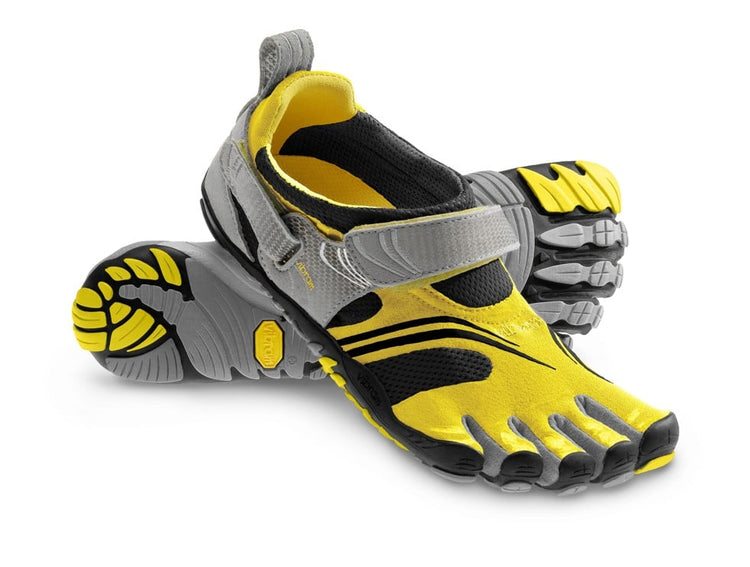
Will Vibram Fivefingers make your feet stronger?
Big news today in the barefoot world: Vibram settled a class action lawsuit that claimed the company deceived customers when it claimed that VFFs would decrease foot injuries and strengthen foot muscles.As reported in the Washington Post:The company agreed to put aside $3.75 million to pay refunds of as much as $94 to anyone who had bought a pair since March 21, 2009, according to Runner’s World.(Okay that was according to Runner's World as reported by the Washington Post. The Post article was the one that showed up in my newsfeed.)Further:Vibram has agreed to discontinue to make any claims that FiveFingers footwear is effective in strengthening muscles or reducing injury in its marketing and advertising campaigns, unless the company discovers new scientific evidence that proves it.This suit, and Vibram's response bring up some interesting questions.Is settling in any way an expression of guilt? Not according to Vibram:Vibram expressly denied and continues to deny any wrongdoing alleged in the Actions, and neither admits nor concedes any actual or potential fault, wrongdoing or liability,” read the court brief.While it's true that settling a lawsuit does not equate to guilt, it's kinda hard to argue that Vibram made the claims and, in fact, didn't have scientific evidence to back them up.This is similar to when Reebok and Skechers paid up after claiming their "toning shoes" would help you lose weight and firm up your butt. Those companies had to pay 25-40 million to settle their suits.Is the settlement appropriate?Let's be honest, $3.75 million is barely a slap on the wrist for a company that sold hundreds of millions of dollars worth of shoes. In fact, this is barely a tap on the arm hair on the back of the wrist.Agreeing to pay less than $4 million is clearly a payment just to make the case go away. Had they moved forward, the case could have cost tens of millions of dollars; so settling is usually a matter of cost-benefit analysis.What about the claims? Are they true?Well, here's where it gets interesting. Many people online, including on our Facebook page are, I think, confusing the issue.The question isn't whether being barefoot or, in this case, somewhat minimalist, can be helpful. Or whether you can strengthen your feet and reduce injuries by ditching your shoes.That's been my experience, and we've received hundreds of emails from Xero Shoes customers who report the same.But that's not the point.The point is: there's currently no scientific evidence to back up the claim. And if you can't prove it, you can't claim it in your advertising. That's the law. Making unsubstantiated claims can lead to "unfair enrichment."Is it fair?Ah, another interesting point. Shoe manufacturers have been making similar unsubstantiated claims for decades (more than Reebok and Skechers, mentioned above). But they haven't been taken to task for it.In my opinion, the only reason they haven't had to pay the piper is that there were never enough people who got all in a tizzy about their claims. People, by and large, just write off shoe company claims that their shoes will make you bigger, stronger, faster, as hyperbole.There was never enough mass, concentrated, public outrage to inspire someone to take action, like filing a class action lawsuit.I think the sudden and meteoric rise in interest in barefoot running, combined with claims like Vibram made, created a "perfect storm" for this kind of situation.Frankly, I'm surprised nobody has followed this with suits against other companies who've acted the same way.FWIW, Lena and I have been as diligent as possible about not making health claims, despite our experience and that of our customers, just because we knew the law. In fact, the FTC has gotten more stringent in the last few years, where companies have to be careful about even letting customers report their own experiences, since those can, arguably, be interpreted as a way of making unsubstantiated medical claims.Is this just another "McDonald's coffee" case?I've read this a lot.People comparing this suit to the one where Stella Liebeck sued McDonalds after getting burned by spilling hot coffee on herself.They say things like, "Hey, just because you went out too fast, too soon, don't go suing Vibram for your stupidity."First of all this isn't the same because the suit is a class action suit. Rarely do those result in windfall payments to the plantiffs.Secondly, it shows a misunderstanding, a common one, about Stella's suit. While people think Stella was just suing to make up for her stupidity, that's far from the case. The real issue behind that suit was that McDonalds had admitted to numerous instances of heating their coffee too much, resulting in injuries to other people, and despite that, hadn't taken any action to address the situation. More, people think Stella sued for and received WAY more money than she did. She just wanted her medical bills covered.The point being, even if Valerie Bezdeck, who brought the suit against Vibram, sustained injuries after wearing her VFFs, that's not the issue. The issue is: Can a company make unsubstantiated claims about a product? And while the answer is, "No," Vibram didn't have a day in court to argue this point.If they had, though, it might have been tricky since perhaps the most well-known study seemed to show that VFF wearers are more likely to get injured than regularly shod runners.I've previously commented on that study, BTW, and said that the real issue was the transition plan recommended by Vibram and followed by the runners in the study, compounded by the fact that the VFFs have enough padding that they decrease the sensations necessary to naturally change your gait (because you can't feel what hurts until it's too late).Is this the end of barefoot?This is the part that still irks me.Any time there's ANY news that suggests being barefoot and barefoot running will not improve your life, end world hunger, and land a man on Mars, it's written as if it's an episode of To Catch a Predator.Granted, the Washington Post article doesn't do this and, in fact, presents the reality of barefoot running perfectly:Does Vibram being caught flat-footed mean there’s no merit to barefoot running? Absolutely not. There is conflicting research on the subject, but I’ve met dozens of people who gave up the sport because of leg injuries suffered in traditional running shoes, only to have their exercise regimens revived by the minimalist variety. In fact, I’m married to one. There’s a niche for flatter-soled running gear, just as there’s a market for people who prefer to drive Maseratis instead of Mazdas.I would, of course, say barefoot is the Maserati in this analogy and that even though minimalism is currently a niche, it should be much more.But I also agree that the research needed for us to be able to make the kinds of claims that many of us have experienced isn't there yet. And, so, caution is necessary for those of us in the commercial space. And I am not claiming that your flat feet will develop arches the way mine did once I started going barefoot and in Xero Shoes.;-)What do you think?The content of this post does not constitute and is not intended to be a substitute for professional medical advice, diagnosis or treatment. Always seek the advice of a physician or other qualified health provider with any questions or concerns you may have about your health or a medical condition.
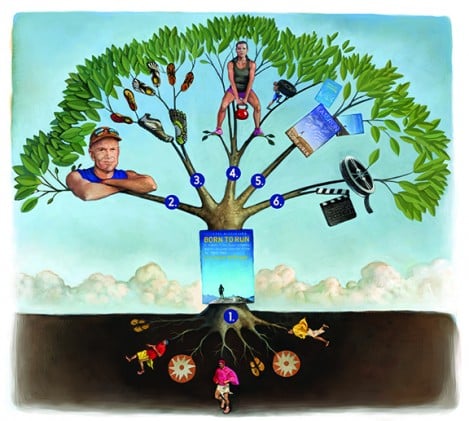
Happy Born to Run release day!
May 5th is an important day in the barefoot running world. And, for the same reason, it's one of the most important days in the Xero Shoes world.What makes it so important?As Brian Metzler from Competitor.com reminded me, "Journalist Christopher McDougall’s best-selling book “Born to Run: A Hidden Tribe, Superathletes, and the Greatest Race the World Has Never Seen” hit bookstore shelves five years ago Monday—on May 5, 2009."Brian describes 11 ways that Born To Run influenced the running world, from simply being a really great read, to inspiring the growth of ultrarunning, to creating a number of great races, to inspiring people to run barefoot, to encouraging shoe companies to make minimalist footwear (of course, if you've read anything I've written, you know I think most "minimalist shoes" are as close to barefoot as a pair of stilts).The 12th way that Chris's book influenced the world is that it was one of the inspirations for Xero Shoes.If you've read Lena's and my story, you'll know how BTR inspired us. But, more, the success of the book created a wave that we surfed. Were it not for the millions of people who read BTR, Xero Shoes would have remained a goofy little hobby.Now, on days when we work 12+ hours, I sometimes long for those hobby times ;-) ... but given the thousands of people we've been able to help -- people who can now run or walk or hike enjoyably and pain-free -- and the fun we have when a new person discovers the fun of being able to feel the world when they're out and about, we couldn't be more thankful for this anniversary.Congrats again to Chris for his success. Thanks again to him for all he's done for ALL of us. And stay tuned and cross your fingers for the Born To Run movie!
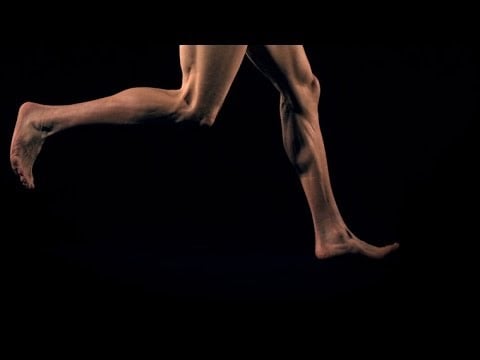
Is your body optimized for running?
Harvard's Daniel Lieberman is one of the two or three people most responsible for the barefoot running boom (Christopher McDougall, who wrote Born to Run, is another... you can vote for who the third should be).Daniel is an anthropologist and has some fascinating ideas about why the way humans run (and sweat) gave us such an evolutionary advantage.In this video he talks about some of aspects of human anatomy that suggest we were "made to run."I don't agree that you don't use your butt when walking. Rather, you can and, in my opinion, should walk with your glutes. In fact, if you use your glutes as the prime movers when you walk, you're more likely to not overstride and put too much force on your heels when walking. I talk more about walking, barefoot or otherwise, here.Now, I don't think that everyone must run. Some like it, some don't. And I don't agree that we're all meant to run long distance (Lieberman doesn't discuss that here, but it's something he and I chatted about). But it sure is compelling to see that we may be built so that we CAN run.What do you think?The content of this post does not constitute and is not intended to be a substitute for professional medical advice, diagnosis or treatment. Always seek the advice of a physician or other qualified health provider with any questions or concerns you may have about your health or a medical condition.



